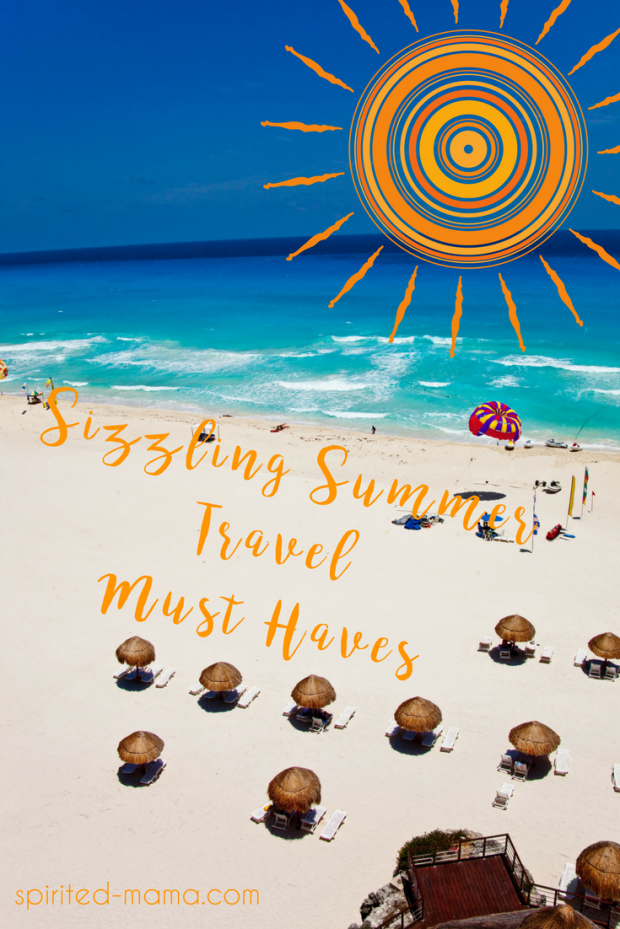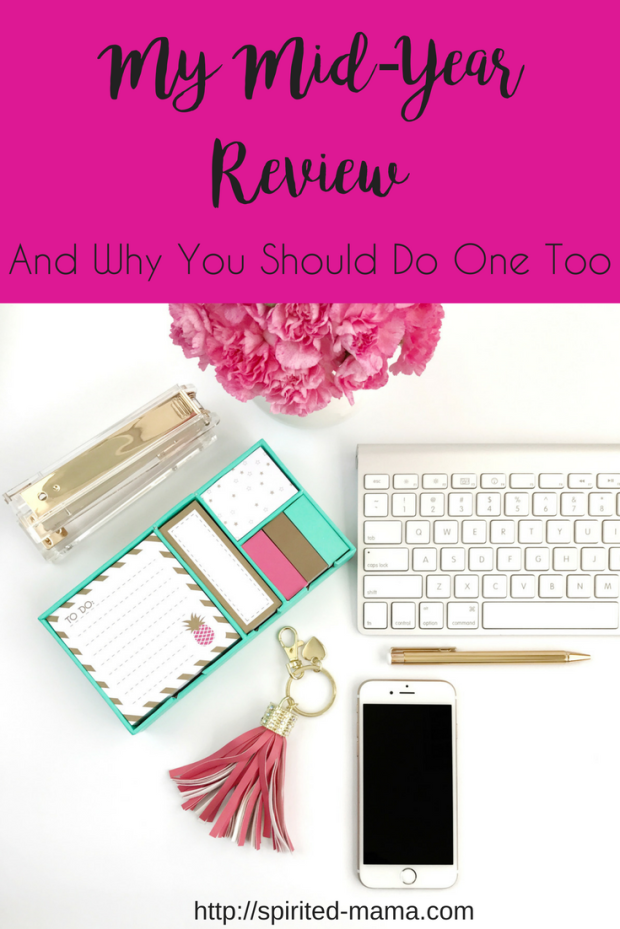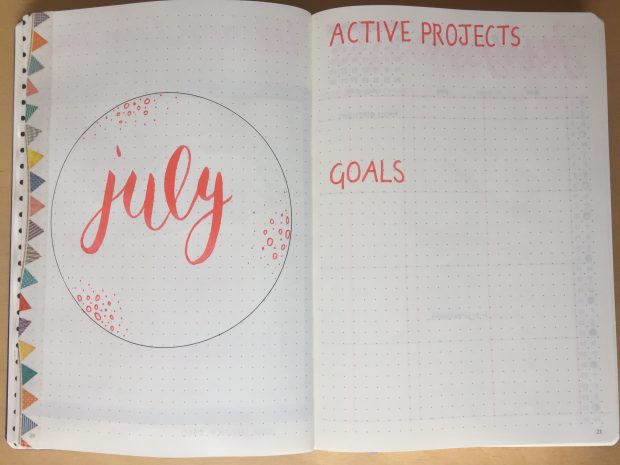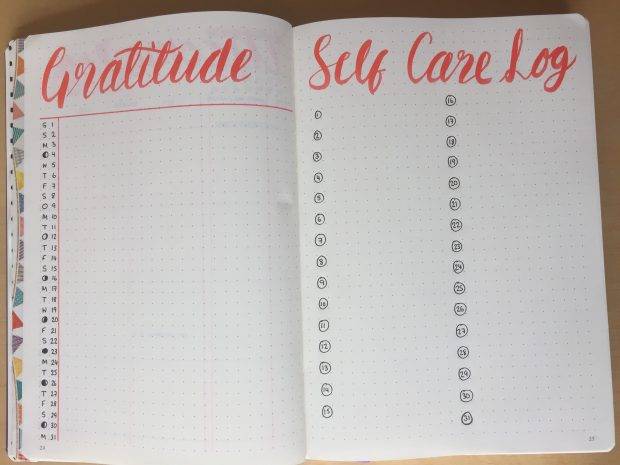We’re an unschooling family.
With the schools breaking up for the summer, it seemed like the right time to talk about the fact that we don’t take a “school” holiday. There a lot of myths around home education, one of which being that we have to follow school terms. We don’t!

What Is Unschooling?
There are a lot of special terms, or jargon, around education. So let’s just get this one out of the way. I described us as an “unschooling family”. What on earth does that even mean?!
Unschooling is an educational philosophy or style based on the principle that children have an innate curiosity and desire to learn and that traditional schooling actually damages this. The idea is that when children are allowed to direct their own education, they will gladly learn anything they are interested in, and crucially, retain the information far better than they do if they are force fed information.
When children come willingly to a topic, they genuinely want to know all they can and they will absorb the information, or develop the skill, with no need to be “taught” by someone else. They can acquire the information through a variety of sources, and it is the parent’s role to provide access to those sources.
No limits are placed on education, or no arbitrary ones, at least. We don’t follow a schedule, or have a bell that tells us “that’s enough maths, time for geography”. If they want to spend four hours measuring things, they can do so. If they want to obsess about dinosaurs for eighteen months, they can do so. This actually happened. The four hours measuring never did, that was just an extreme example to illustrate the point.
Educational Value in Everything
Those eighteen months where all the Munchkin and the Bean were interested in was dinosaurs were AMAZING. The level of obsession was a bit intimidating, sure, but they came through it with encyclopaedic knowledge.
We read books, looked at pictures, watched videos, did volcano experiments. They learned so much about the history of the planet, geology, palaeontology, fossilisation, and reproduction! Not to mention special effects in filmmaking.
That knowledge has stuck with them. The Munchkin is now reading, totally self-taught, and can confidently read words like “Carnotaurus”, “Diplodocus” and “Tyrannosaurus”.
Children are learning all the time, so by not placing limits on their learning, we don’t ever prevent them from learning something. That would damage their relationship with education, put them off, or hold them back. Likewise, we don’t insist on them learning anything.
We appreciate that learning is lifelong, they do not have to cram everything they will ever need to know into a fixed time frame. If there is something they need to know, according to their needs, not some prescribed idea imposed on them, they will learn it.
As they go through life, they may decide they need to know how to run a business, or bake a cake, or fix a car, or design a web page. Once they decide, they will know how to find out. That is the central ethos behind unschooling: ensure they love learning and know how to learn. Then they’ll be set for life.
We have never forced numeracy or literacy. Both of them are particularly attuned with numbers. We talk about maths all the time, we explain principles, we illustrate with examples – when they ask questions. As a result, the Munchkin has a profound grasp of the theory of mathematics. So he can figure out the answer to any sum he needs. He understands the principles. If we had drilled him in his times tables and made him learn by rote, I don’t believe he would a) love maths the way he does, or b) understand it.
Likewise with reading. I’m a writer and hubby is an avid reader, so this is super important to us. I was adamant that our children would love stories. I never wanted to put them off reading or writing. So there is no pressure to do either. The Munchkin is 8 now (yikes!) and has been read to almost every day of his life. Our home is filled with books and he sees his parents and grandparents reading all the time. In his own time, in his own way, he has learned to read.
It really only clicked this year, but I wasn’t worried because I knew that this is really common. That when children are given the space to direct their own education, they typically learn to read when they are ready, sometime between 6 and 10 years old.
Our education system pushes reading at ever younger ages. It was bad enough that four-year-olds were having to do reading home work. I hear now that some preschools are forcing toddlers into phonics lessons at two or three years old (parents talking in Facebook groups, I wish I could cite a source as I find this really shocking). To me, this is madness and the only certain outcome is a generation of people who, at best, tolerate reading when they must, at worst, despise it!
Learning While Living
Unschooling families don’t divide up learning from living. Education isn’t something that happens Monday to Friday, from 9 am until 3 pm. Learning happens all the time. When a child isn’t squashed into a time table, they are open to learning from all sorts of activities, at any time they are awake! Their brain even goes on processing information while the child is asleep.
We don’t have a “school room” or “learning area”, because of this basic philosophy. We don’t need to sit at a desk to learn. Really, home education is a bit of a misnomer. A great deal of our education happens outside the home. It happens at the park, in the woods, at museums, at the cinema, at friends’ houses. It happens in the car on our way places, around the table in a cafe.
We don’t follow an educational schedule and we don’t have term times and holidays.
Because learning is not separate from life, and because education is not a negative thing; hard work and unenjoyable; our kids don’t take breaks from it. They don’t get exhausted from needing to focus for six hours a day. They don’t need down time to just watch cartoons – they can watch cartoons whenever they like! They often choose to do other things, but even cartoons can provide learning opportunities.
I was once asked by a well meaning relative if I gave the Munchkin time off for the summer. This was when he was 4. I was so stunned by the question that I don’t think I gave a very good answer.
So let me say now what I wish I had said then:
He’s four. He plays all day, every day, enjoying his childhood. We don’t do sit-down, formal work. So no, I don’t “give him time off”. Time off from what? Being a happy, engaged child? No, I don’t. He is free to be that all the time, all year round.
He may be eight now, but the same is basically true. The Bean is five, so yeah, the above is totally on point for him.
freedom
We enjoy an enormous amount of freedom and I want my children to truly appreciate that.
When I say we don’t take holidays, I don’t mean that we don’t go away anywhere. We travel! We love to travel. But do we go to top tourist destinations in August? Er… no. We don’t. We avoid doing that deliberately!
One huge advantage to home educating is that we are free to travel all year round, whenever we like. We can take advantage of off-peak travel deals, saving us a lot of money! We can also pick quieter times, and avoid big crowds. We don’t have a school to answer to (or fines to pay) if we go off to the USA for three weeks.
Taking a “holiday” or “vacation” is a chance to get away from home and do different things, but the kids don’t “need” to do this in order to relax or get away from school stress.
Also, really crucially, because of our belief that learning is always happening, we totally acknowledge that there is a lot to be learned from travelling. Contrary to what the schools seem to be saying – that if you are on holiday, your child will fall behind because they need to be at a desk being forced to learn during set hours!
Some of it is obvious; visits to Rome or Athens or Egypt are obviously going to be enormously educational. History, culture, geography, art, architecture, politics, archaeology, all without really trying. But then there are the more subtle things, like using another currency, speaking and reading another language, coping with a different climate, entertaining oneself on a plane. These are all important skills.
Being part of the wider world, grasping globalism, understanding cultural differences; being shut in a school room simply doesn’t allow this sort of education to happen.

I hope this post clears up any misconceptions you may have had. I hope you like what you’ve read and have a greater understanding of unschooling.
What are your thoughts? Is this something you would like for your family? Do you disagree with this approach? Polite debate is always welcome 😉

















